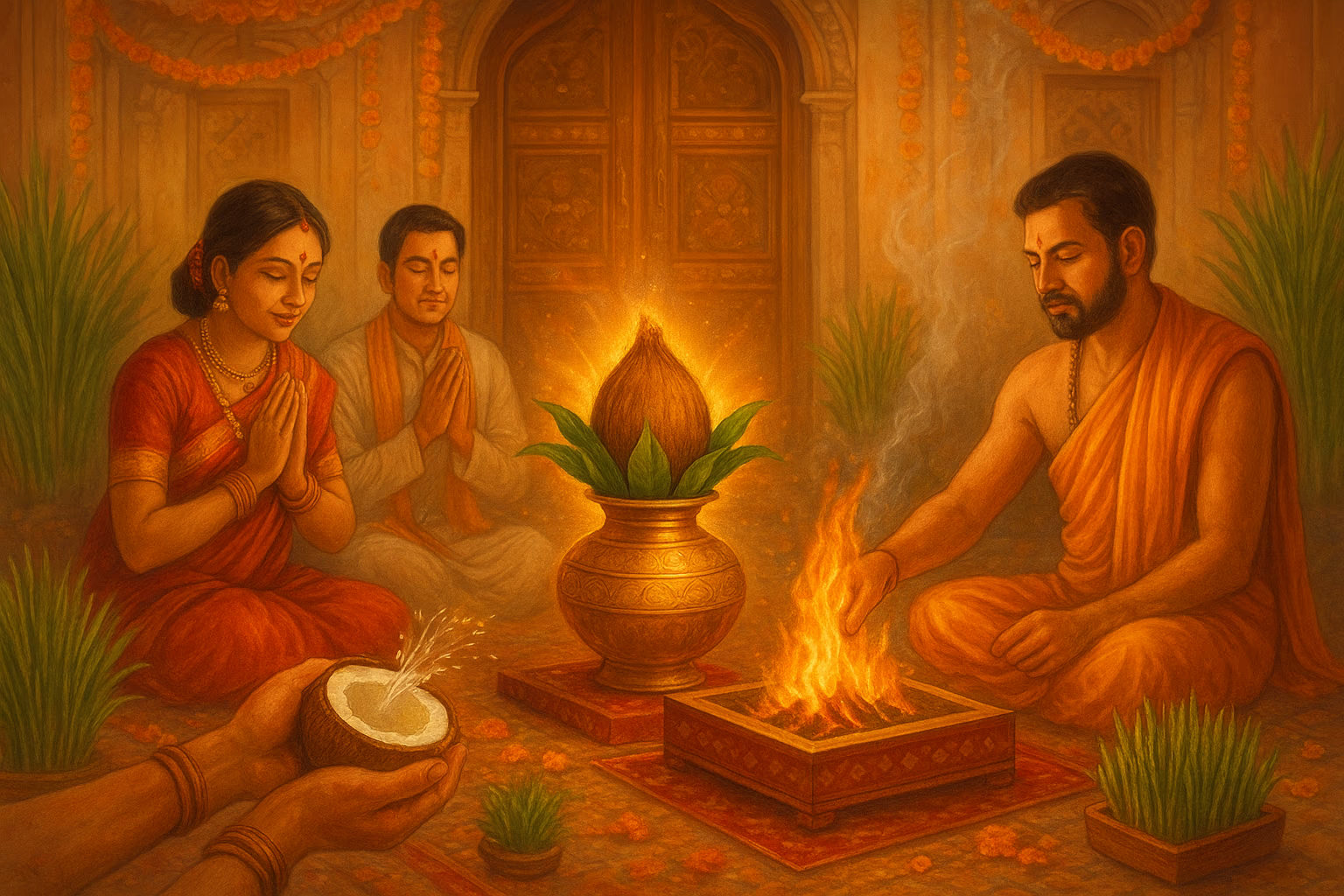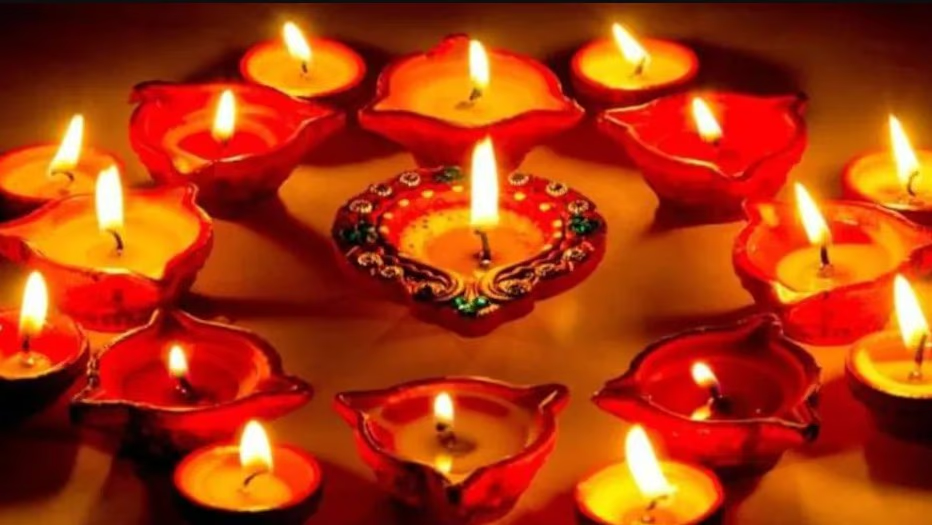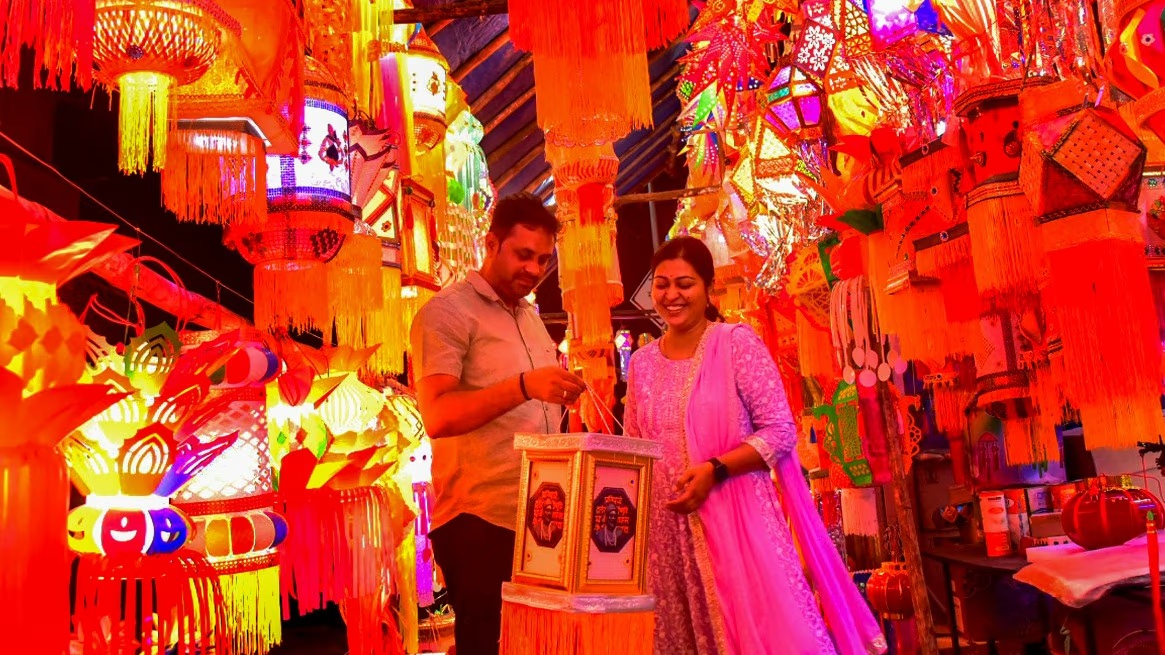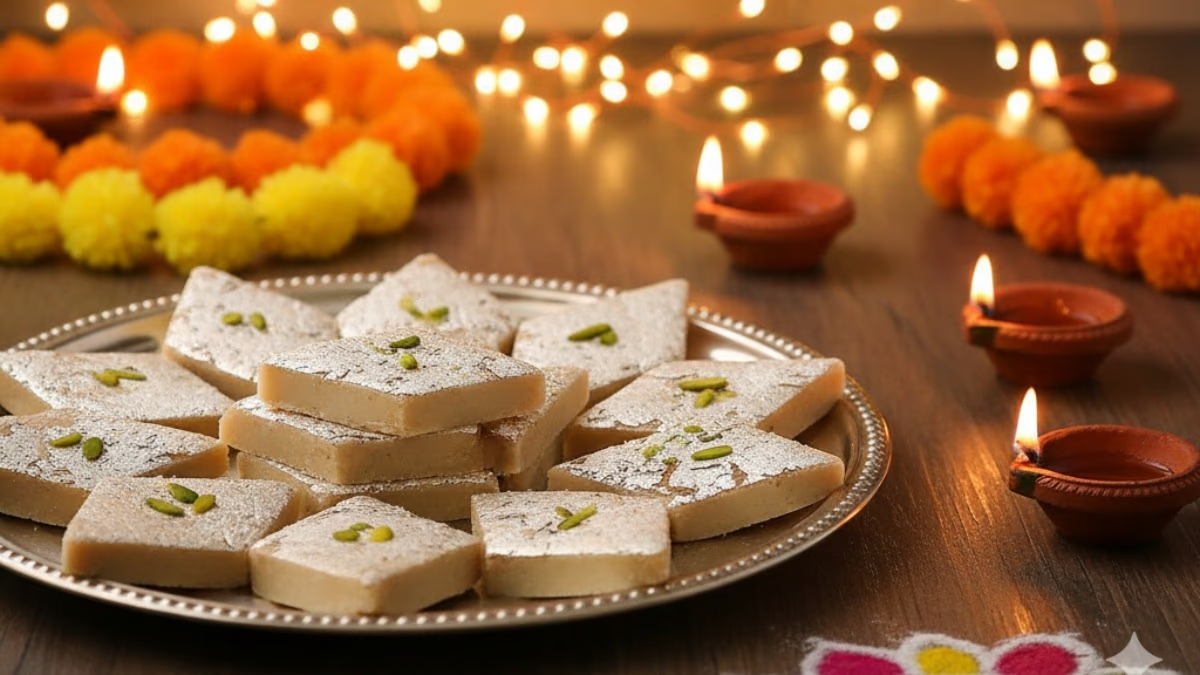In recent years, the Diwali festival has increasingly been accompanied by a fair amount of confusion. The primary issue revolves around deciding the exact day for celebration, compounded by the mismatch with office holiday schedules. Often, offices do not declare holidays on the Diwali day, and vice versa. This leads to a perennial predicament of celebration and a holiday that somewhat misses the mark.
Understanding the root of this problem is essential.
Firstly, Indian traditions and festivals predominantly follow the lunar calendar, where significant days are marked by phases of the moon called 'Tithi.' However, a Tithi doesn't necessarily line up with a complete 24-hour Gregorian day.
For our daily convenience, we adhere to the Gregorian calendar, structured in hours, days, months, and years. A Gregorian day is simply a date.
The confusion arises when we attempt to equate the Tithi from the lunar calendar with the Gregorian date. They exist as distinct entities, and treating them as one is where misunderstandings begin.

Source: aajtak
Diwali is a celebration of the new moon (Amavasya), not the date
Let's delve into Diwali—this festival is observed on the Tithi of Amavasya during the Kartik month. As an all-night event, it's essential that the Amavasya spans the entire night.
The celebration shouldn't be dated as October 20 or 21, so one must avoid confusion regarding the Gregorian date.
Determining the festival date
Amavasya and Diwali involve additional considerations. Decision-making regarding festival Tithis can be informed by texts like 'Nirnaya Sindhu' and 'Vrataraja Sindhu.' According to 'Nirnaya Sindhu,' Diwali should ideally occur when Pradosh evening coincides with Amavasya. If the Amavasya occurs over two Pradosh periods, Lakshmi Puja is performed on the second day.
This year, Amavasya coincides with the Pradosh period on October 20. Hence, based on 'Nirnaya Sindhu,' Diwali will be celebrated on this date.
The Kashi Vidwat Parishad has also addressed the confusion, clearing the air. They confirm that due to the unique lunar alignment, the confusion is resolved. For this year, Amavasya will last from 3:44 PM on October 20 until 5:54 PM on October 21. Traditionally, many people consider 'Udaya Tithi' (the Tithi starting at sunrise) for festival observances. Thus, some considered October 21 as the potential Diwali over the 20th.
There's no connection between Diwali and the Udaya Tithi
Using Udaya Tithi for determining Diwali has also been debated. The Kashi Vidwat Parishad has clarified that for Diwali, Udaya Tithi holds no significance, rendering it an invalid consideration.
The confusion stemmed from the Amavasya Tithi beginning on October 20 and ending as dusk falls on October 21. Although Amavasya spans both days, the auspicious time for Lakshmi Puja (Pradosh period) aligns with October 20. This is also the day when the return of Lord Ram to Ayodhya—symbolizing the conquest of good over evil and light over darkness—is celebrated.
During a media interaction, the National Secretary of the Kashi Vidwat Parishad, Prof. Ramnarayan Dwivedi, elaborated, “After intense discussions with scholars, it was concluded that the entire Pradosh period falls on October 20, making it the most auspicious day for Lakshmi Puja.”
According to Drik Panchang, even if Amavasya extends to October 21, the complete Pradosh period—best for Lakshmi Puja—occurs on October 20. Therefore, religious scholars and organizations across the nation advocate for celebrating Diwali on October 20.
Twilight, Pradosh, and Midnight Mystical Puja
For Diwali's Lakshmi Puja, appropriately matched Amavasya at twilight, Pradosh, and the Nishith period is crucial. This forms the core of Diwali. Twilight is ideal for lighting lamps, Pradosh is for evening worship, and the midnight Nishith period is best for Kali Puja.

Source: aajtak
Thus, Diwali is on October 20.
This isn't the first time such circumstances have arisen, nor will it be the last. Diwali often aligns with solar eclipses affecting lunar calendar dates in past years. For example, the 2022 Diwali was accompanied by a solar eclipse, shifting Govardhan Puja to the following day.
Back in 1962, a similar instance occurred, with Amavasya spanning two days from October 27 to October 28. Despite the sunset, Diwali was celebrated on October 27, as Amavasya entirely enveloped the Pradosh and midnight hours that day.
A similar situation is anticipated in 2026. In 2026, the Amavasya Tithi begins at 11:27 AM on November 8 and ends at 12:31 PM on November 9. Therefore, Diwali in 2026 will be celebrated on November 8.




